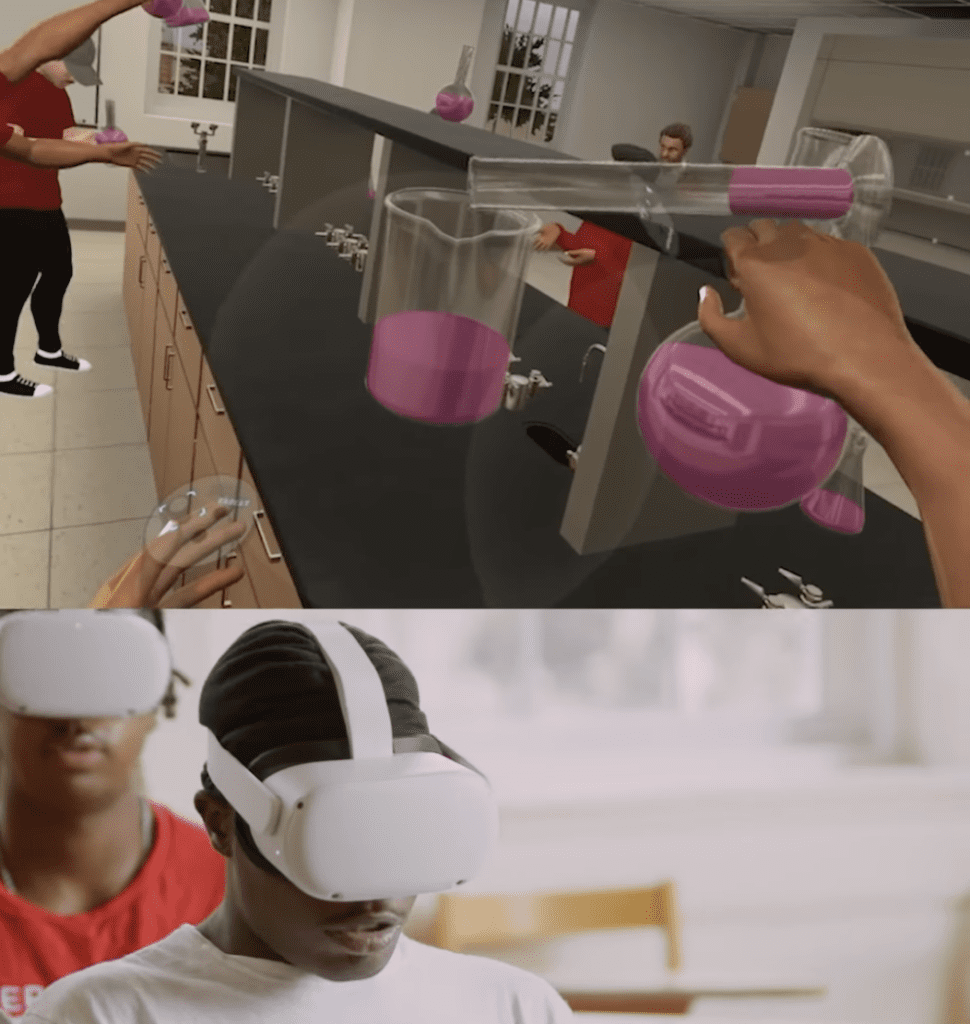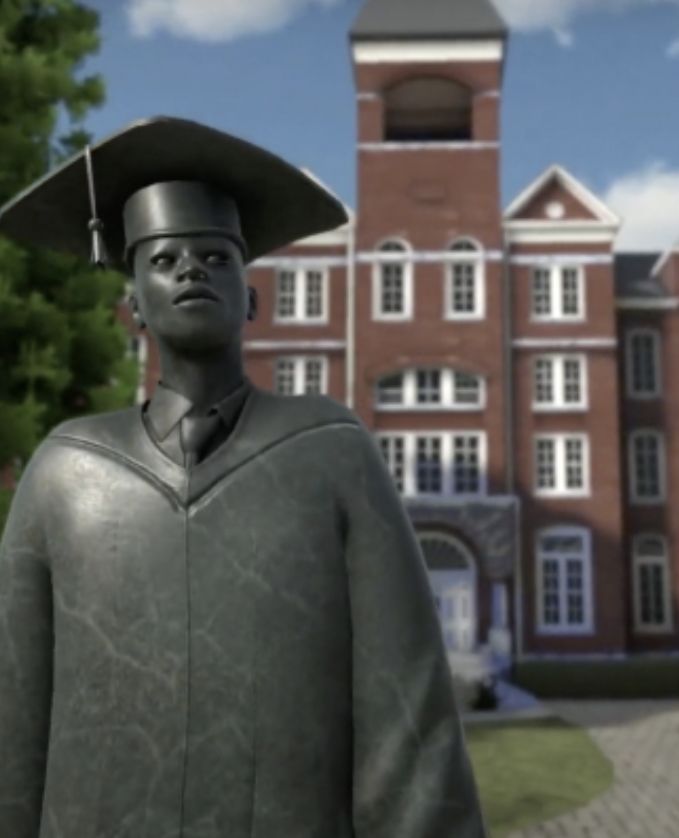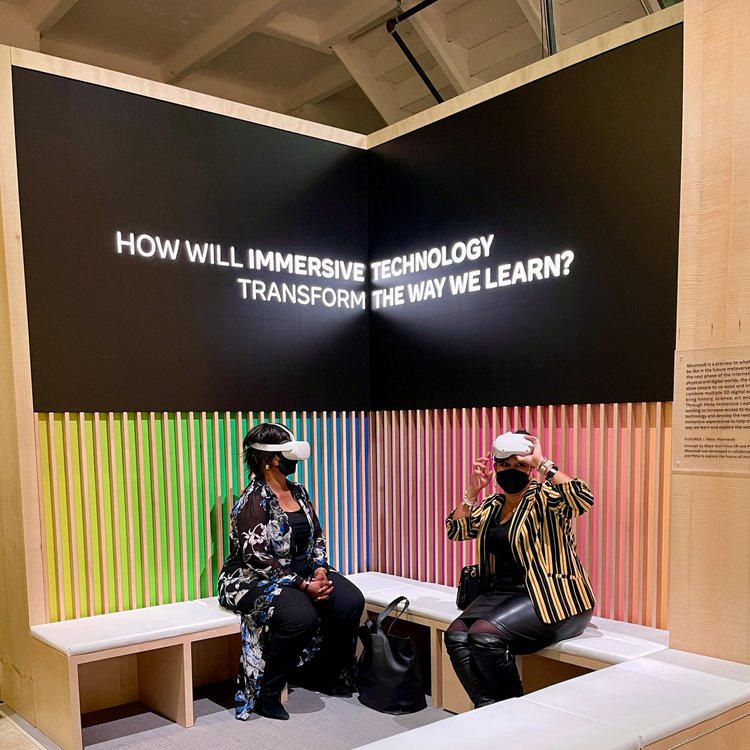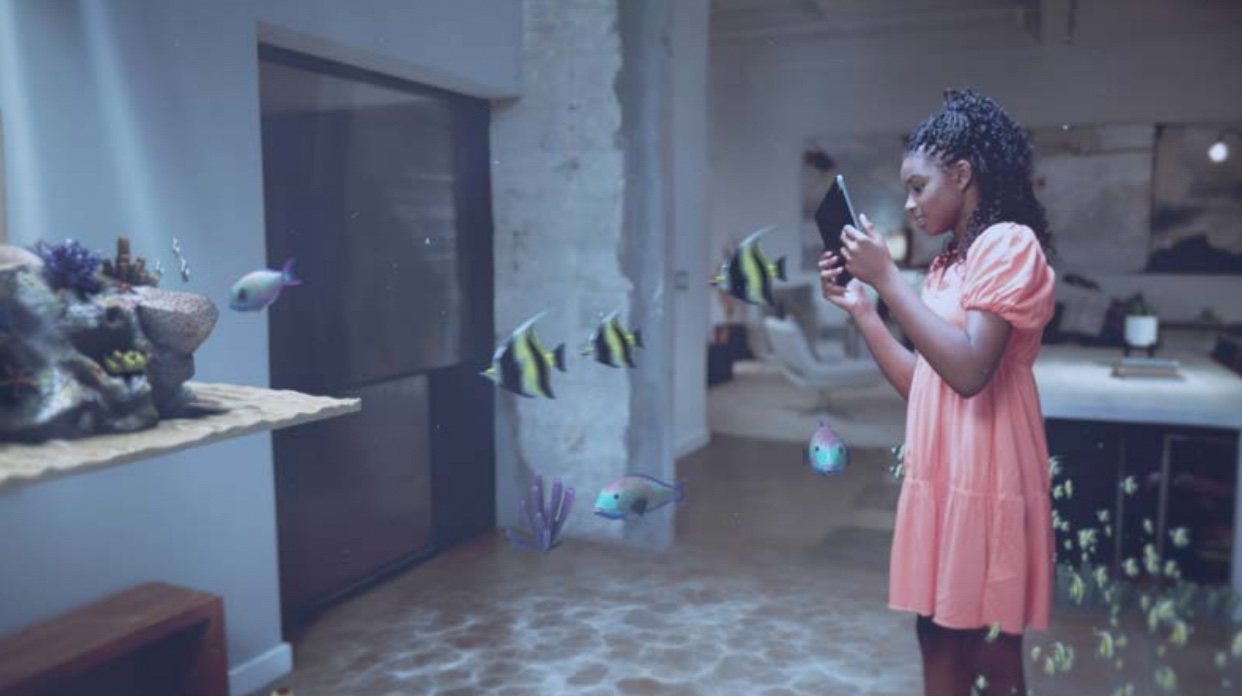Contrary to what some might think, the metaverse is not the brainchild of Mark Zuckerberg, who famously rebranded his Facebook social media empire as Meta in 2021. The term “metaverse” was initially coined by science fiction author Neal Stephenson in his 1992 novel, “Snow Crash,” according to the Pew Research Center. “Metaverse” now refers to a digital landscape that participants can use to build their own virtual environments and connect with others.
Zuckerberg’s rebranding did serve a larger purpose by bringing the metaverse to the attention of many more people, even though most are still unsure what it encompasses and how it might impact society.

A recent survey of more than 600 technology experts by Pew Research and Elon University aimed to gauge whether the metaverse will be a “fully immersive” and “well-functioning” aspect of daily life for 500 million or more people globally by 2040. A little more than half of respondents (54%) said yes, while a little less than half (46%) said no.
But one aspect of the metaverse could have a significant near-term impact – its ability to educate. Using the metaverse as a teaching tool allows students and teachers to interact in a digital space using virtual reality headsets, regardless of their physical locations. Such functionality “can lead to enhanced education for those willing to seek it.” according to the Coin Telegraph website.

The idea can be expanded even further to include establishing metaverse schools. Under this setup, experts say teachers and students would be able to collaborate in an immersive 3D environment that would bring needed engagement to the classroom.
Rather than merely teaching students about history, for example, a metaverse classroom could take them into a virtual world where they can experience history firsthand.
This is not some far-off future world, either. As Coin Telegraph noted, teaching and learning in the metaverse are already taking place on some platforms. An example is the Roblox game, which lets users build and share virtual worlds much like Minecraft and Fortnite. Classrooms with private servers have been established on Roblox that both educators and students can log into.

Bringing the metaverse to a broader community of educators will require helping them understand its possibilities and challenges. That’s the goal of an independent team of researchers backed by Meridian Treehouse, a nonfiction storytelling and experiential agency, and supported by Meta Education and Immersive Learning.
The team includes Eileen McGivney, a Harvard Graduate School of Education researcher and Ph.D. candidate; Erika Woolsey, a marine biologist, and National Geographic Explorer; and Kai Frazier, a historian and digital storyteller.
To help guide educators through the learning possibilities of the metaverse, the team has produced a manual titled “An Introduction to Learning in the Metaverse.” The manual is intended to help educators and educational technology designers understand the metaverse’s “promise” for learning, McGivney said.
One of the manual’s primary goals is to offer practical strategies for integrating “extended reality” (XR) tools into learning experiences.
These immersive technologies include the following:
- In augmented reality (AR), smartphone and tablet users can superimpose digital content onto the physical world.
- Mixed Reality (MR) lets users interact with physical and virtual objects with a head-mounted, see-through display.
- Virtual Reality (VR), in which audio and visual stimuli in a virtual world replace physical environments.
Meanwhile, Meta’s education unit has partnered with others to invest hundreds of millions of dollars in technology and training to help expand the metaverse and bring more people into the fold.
The challenge for educators will be determining when and how XR is appropriate for learning. As Harvard.edu pointed out, current technology is unsuitable for extended usage periods, meaning teachers wouldn’t want to create a 45-minute virtual lesson. But XR learning can be an effective gateway into a new topic to spur interest and motivate students to learn more.

A recent study found that using VR to take students on a virtual field trip to Greenland to learn about climate change produced higher interest, enjoyment, and retention than peers who simply watched a 2-D video.
“Half the battle is getting kids to care about what you’re trying to teach,” McGivney said. “VR, because of the way it situates someone in the environment and the power it can provide for storytelling, gives someone an emotional experience, which really connects to student excitement and investment.”
Check out the episode of the Consensus in Conversation podcast featuring Brent Harris of Meta.





